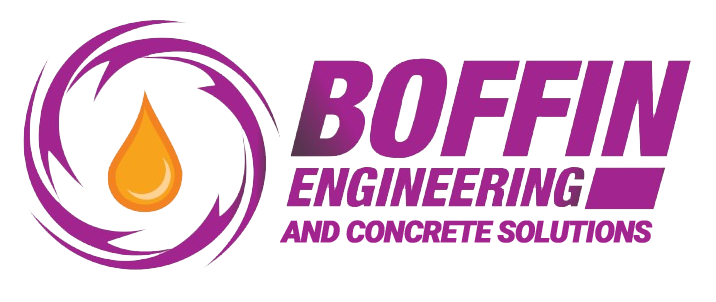- June 24, 2024
- Posted by: boffin
- Category: Uncategorized
Waterproofing is crucial to any construction project, protecting structures from water damage and ensuring their longevity. However, even the best waterproofing products can sometimes fail, leading to costly repairs and structural issues. Understanding the reasons behind these failures can help prevent them and ensure the effectiveness of waterproofing systems. Here are the key reasons why good waterproofing products may fail:
1. Improper Surface Preparation
One of the most common reasons for waterproofing failure is inadequate surface preparation. Before applying any waterproofing product, the surface must be clean, dry, and free from contaminants such as dirt, oil, and loose particles. If the surface is not properly prepared, the waterproofing material may not bond correctly, leading to potential leaks and failures. Thorough cleaning, drying, and repairing any cracks or defects in the substrate are essential steps in the preparation process.
2. Incorrect Application Techniques
Even high-quality waterproofing products can fail if they are not applied correctly. This includes using the wrong tools, applying too thin or too thick a layer, not following the manufacturer’s instructions, or applying the product in unsuitable weather conditions. For instance, applying a waterproofing membrane in high humidity or freezing temperatures can compromise its effectiveness. Ensuring that application guidelines are strictly followed and that trained professionals handle the installation can mitigate these risks.
3. Inadequate Coverage
Applying an insufficient amount of waterproofing product can leave areas vulnerable to water infiltration. It is crucial to apply the product at the recommended thickness and coverage rate to create a continuous and effective barrier. Skimping on the material to save costs or due to oversight can lead to gaps in the protection, allowing water to penetrate and cause damage.
4. Inadequate Curing Time
Waterproofing products often require a specific curing time to achieve their full effectiveness. Rushing the process or exposing the product to water before it has fully cured can lead to failures. Patience is crucial to allow the product to set and bond properly.
5. Poor Product Selection
Not all waterproofing products are suitable for every situation. Using the wrong type of product for a specific application can result in failure. For example, a product designed for interior waterproofing may not withstand external conditions such as UV exposure or temperature fluctuations. It is important to select the right product for the specific needs of the project, considering factors such as the environment, substrate type, and expected water pressure.
6. Structural Movement
Buildings naturally undergo movement due to settling, thermal expansion, and contraction. This movement can cause cracks and gaps in the waterproofing barrier, leading to leaks. Flexible waterproofing products that can accommodate structural movement are essential for long-term effectiveness. Additionally, using reinforcement materials, such as mesh or fabric, can help enhance the durability of the waterproofing system.
7. Inadequate Drainage Systems
Even with excellent waterproofing, poor drainage can lead to water accumulation and pressure against the waterproofed surface. Properly designed and maintained drainage systems, including gutters, downspouts, and French drains, are crucial in directing water away from the structure. Failure to address drainage issues can overwhelm the waterproofing system, causing it to fail over time.
8. Aging and Wear
Over time, all materials degrade, and waterproofing products are no exception. Exposure to the elements, UV radiation, and physical wear can cause waterproofing membranes and coatings to deteriorate. Regular inspection and maintenance are necessary to identify signs of wear and address them promptly. Applying additional coats or replacing aged materials can help maintain the effectiveness of the waterproofing system.
9. Substandard Workmanship
The skill and experience of the applicators play a significant role in the success of a waterproofing project. Poor workmanship, such as improper joint treatment, inadequate curing times, or lack of attention to detail, can compromise the integrity of the waterproofing system. Hiring qualified and experienced professionals ensures that the waterproofing is applied correctly and performs as expected.
Conclusion
While good waterproofing products are essential for protecting structures from water damage, their success depends on proper application, product selection, and ongoing maintenance. By understanding the common reasons for waterproofing failures and taking proactive measures to address them, builders and property owners can ensure the longevity and effectiveness of their waterproofing systems. Investing in quality products, skilled professionals, and regular inspections will ultimately save time, money, and frustration in the long run.
